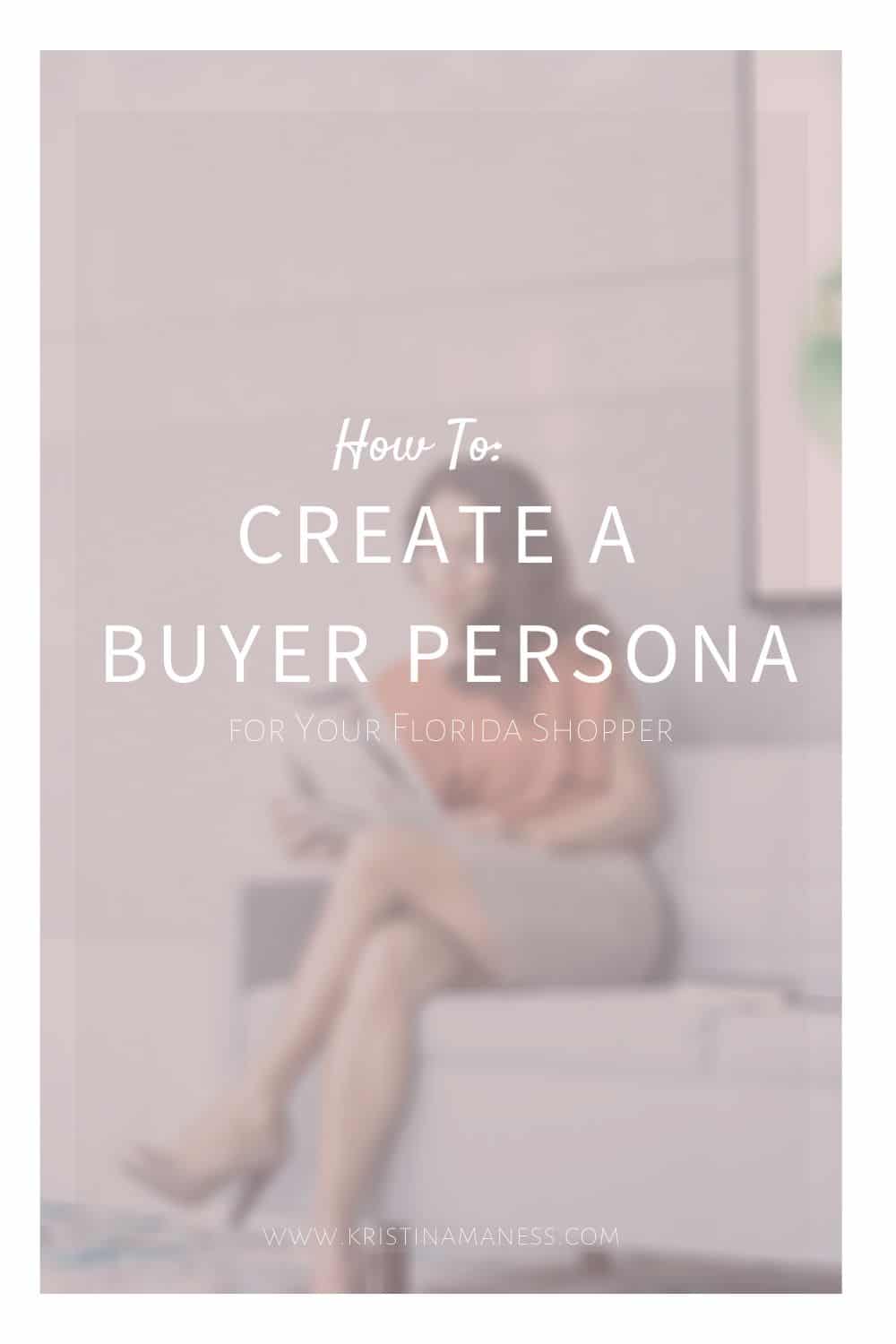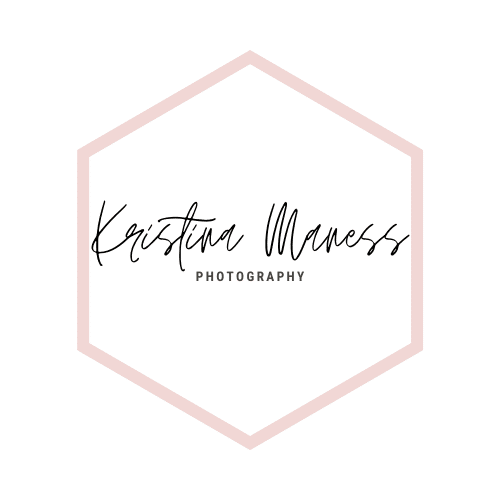
Florida shoppers are a rare breed. We are a mix of young starter families in St. Petersburg, older retirees in Sarasota, or immigrant business owners in Fort Lauderdale, all with our unique needs. The sheer diversity in demographic info like age, gender, ethnicity, interests, skills and lifestyle is enough to make any marketer panic a little when thinking about the buyer personas that match the Florida shopper in their market. That said, creating one is important for your business. Here’s why you should create strong buyer personas and how to do it.

What is a Buyer Persona?

A buyer persona is a document that uses available sales analytics, brand information and customer data to arrive at a fictional scenario in which a fictional buyer is described as an archetype of a group of customers that your products appeal to. It’s a tool marketers use to determine who they should be targeted in digital campaigns.
So, first things first, you may be thinking, “Kristina’s a photographer, what does she know about buyer personas?” And if you are; rude. But fine, fair enough. I’m not a content marketer by trade, nor a marketing director of some big corporation. However, as a small business owner, I am my own marketing campaign manager. And I’m of a generation of people who understand the importance of technology and how to use it in their business, so allow me to share the following information with you on how to create a buyer persona:
1. Think about your product:
At the heart of every buyer persona is an offering. Either a service or product that meets the unique needs of a buyer group. Start here. For example, Hi. I’m Kristina Maness. I offer photography that assists small business owners with their branding needs. My services are critical to other small business owners, and my brand message is all about women supporting women in business. This is a good start for me if I were to create a buyer persona of a Florida shopper who would resonate both with my services and my brand.
2. List who it benefits:
After spending some time considering your product and services, it’s important to create a list or spreadsheet that details who benefits from using your products.
3. Consider your brand message:
Next, you’ll want to think about your brand message. Is it young and fresh or formal and eloquent? Do you use language that aligns with your most prominent buyers? Who is going to resonate the most with the brand standards that you’re putting out? Asking yourself these questions allows you to determine in what ways your brand overlaps with the people who are buying your products, and what markets you could potentially tap into, based on brand appeal, that you don’t currently have access to.
4. Analyze your existing client info:
Once you’ve filled in a spreadsheet with the people who are most likely to buy your products and the people who resonate with your brand, it’s time to support those findings with actual customer data. If you are using a tool like Google Analytics, you can start there by pulling demographic information of the people who travel your site. You can also use Facebook for Business to create Florida shopper segments based on Facebook information.
5. Go beyond demographics:
Finally, it’s important to remember not to stop at demographics. You should also keep digging to uncover psychographics for your buyer persona. Psychographics are data that speaks to the emotional connection between a buyer and your product. For example, if you are a maker of pecan pies, you might find that shoppers enjoy your brand of pecan pie because it reminds them of a family recipe or taste memory.

Once you have collected all the information you need to understand your buyer, you use it to create a fictional, but a realistic scenario in which your company is tasked with satisfying the Florida shopper in question. As business owners, we use buyer personas daily, whether we realize it or not, but having a document that conceptualizes our avenues to connect with customers is imperative. At Kristina Maness Photography, we are all about shooting our customers in the best light. For more information, click here.
